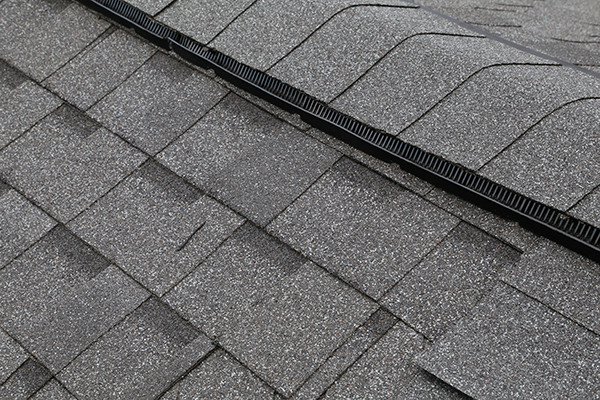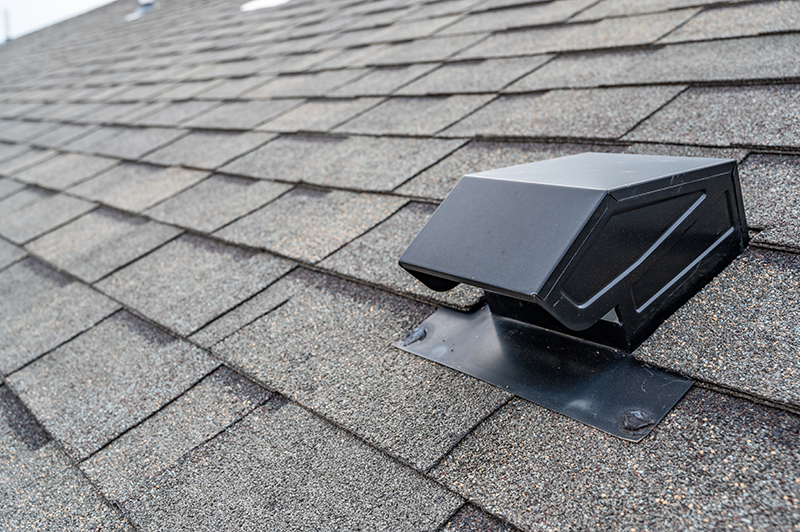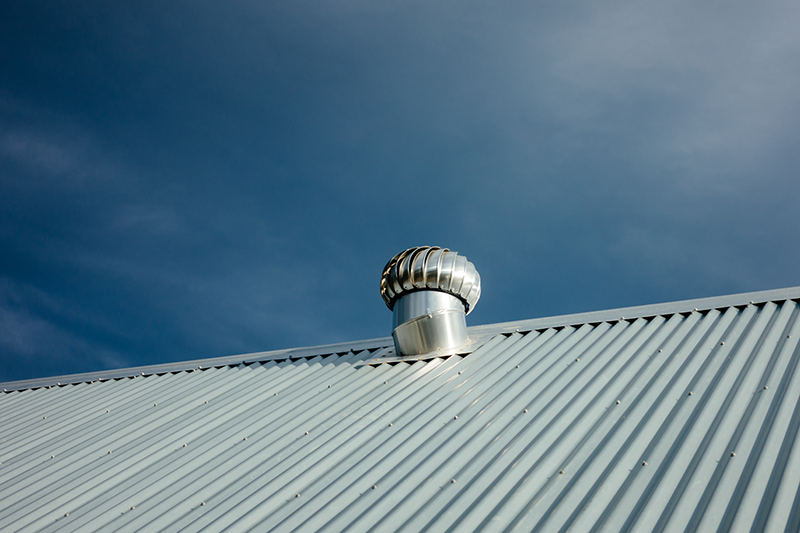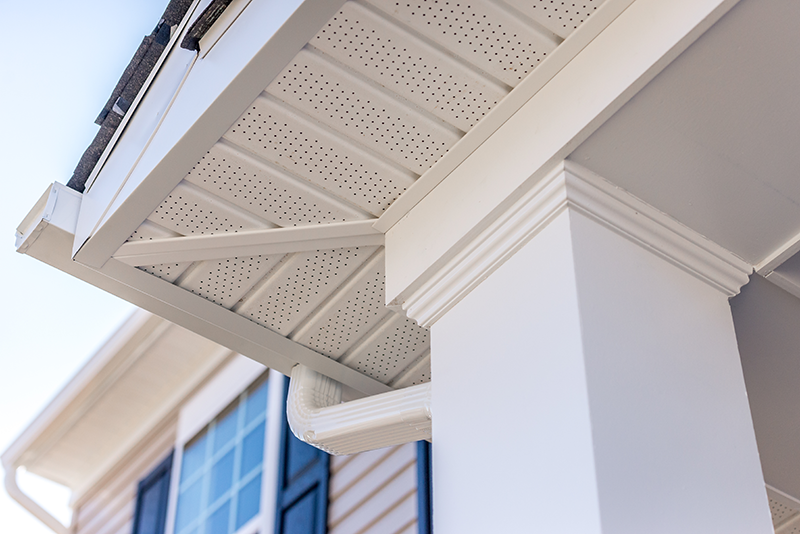Why They’re Important
Simply put, roof ventilation is a system that allows your house to breathe — and it’s crucial to keeping your roof and your home in good shape. Without proper ventilation, you could end up with costly repairs and even a total roof replacement regardless of how old your roof is.
So, How Does It Work?
Roof ventilation is based on the simple fact that warm air rises. In Florida, the extreme heat we experience can end up trapped in your attic. But, a balanced ventilation system pushes that hot air up and out. It moves through the intake vents, found in the lower parts of your roof such as eaves and soffits, and out through exhaust vents near the ridge of your home.
Benefits of Proper Roof Ventilation
- Prevents Condensation, Mold, and Rot: One of the most important aspects of your roof’s ventilation system is to help prevent condensation, which leads to mold and rot. As humidity rises and gathers in your attic, ventilation will make sure it stays dry and prevent leaks.
- Increases Energy efficiency: Excessive heat in an unventilated attic may cause your AC unit to work overtime, increasing your energy costs. Proper attic ventilation can help promote the home’s energy efficiency by allowing convection to do some of the work instead. Cooler, dry air pushes out excessive heat and moisture.
- Extend Your Roof’s Lifespan: Heat and humidity trapped in your attic can have you replacing your roof sooner than expected. It can cause curling shingles, rotted wood framing and rafters, damage to your roof underlayment, and more.
Types of Ventilation Systems
Exhaust Ventilation
Exhaust vents allow hot air to escape your home. These can be found at the highest points on your roof and come in a few different types:
- Ridge Vents
Ridge vents are the most common type of exhaust vents for most residential homes. They are installed on the top of the roof and run across the entire roofline, dispensing hot attic air.

- Box Vents
Box vents, or static vents, are another popular vent choice. These vents are typically installed in groups on your roof, and work best for smaller spaces, open attics, and more complicated rooflines.

- Turbines
Turbines are powered by the wind, which turns the fan, brings the hot air in, and then blows it out. Turbines aren’t the most conspicuous vent type, so they’re typically seen more on commercial buildings and less on residential homes.

Intake Ventilation
Intake ventilation is installed at the lowest part of the roof to allow cooler, drier air to push the warm, moist attic air up and out of exhaust vents. Without proper intake ventilation, the exhaust ventilation will not be effective. The most popular intake vents are installed in your roof’s soffit, or overhang.

Is My Roof Properly Ventilated?
Signs of improper ventilation to look out for are mold, mildew, sagging or loose shingles, warmer rooms upstairs, increased energy bills, or issues with your heating and cooling systems.
The team at Stanley’s Roofing want to help you get the most value out of your roof — and that starts with proper installation of your intake and exhaust vents. Our experts can provide you with a vent inspection to find the best roof ventilation system for your needs. Contact us today to get started.